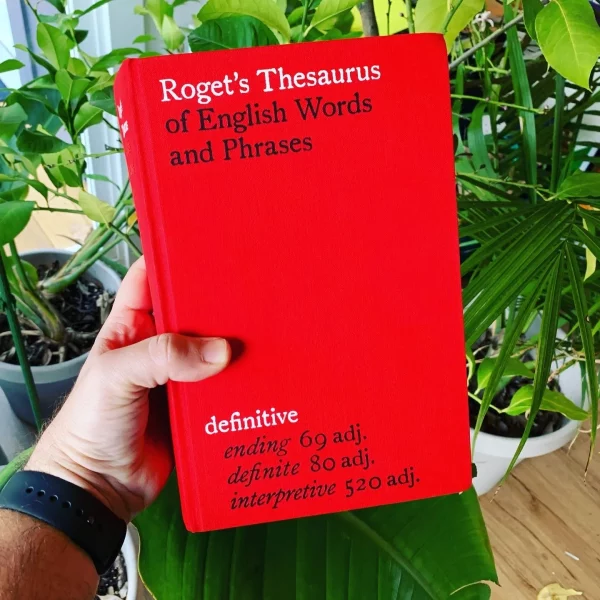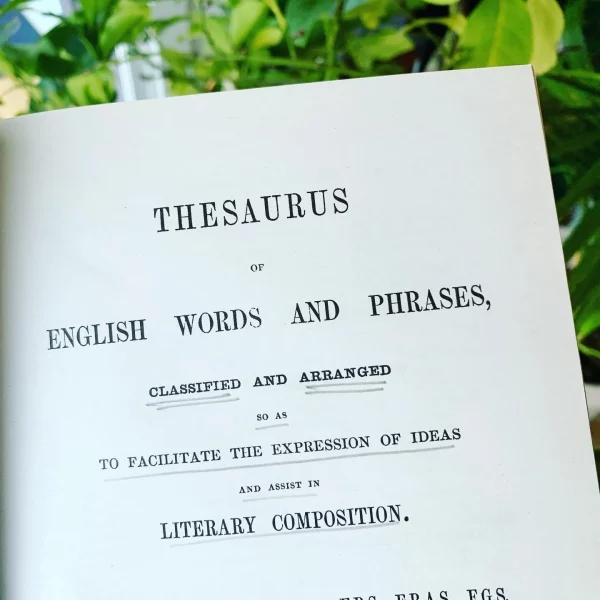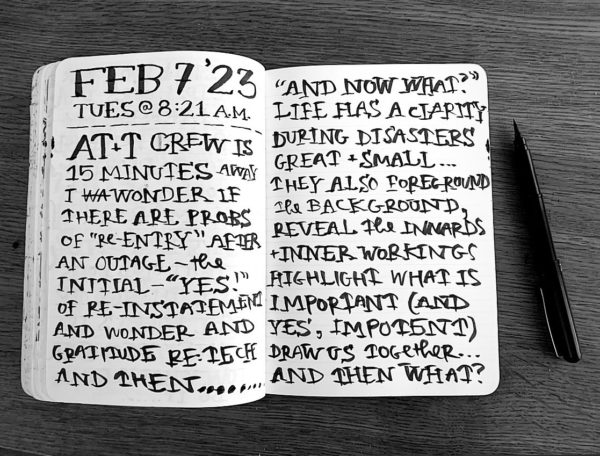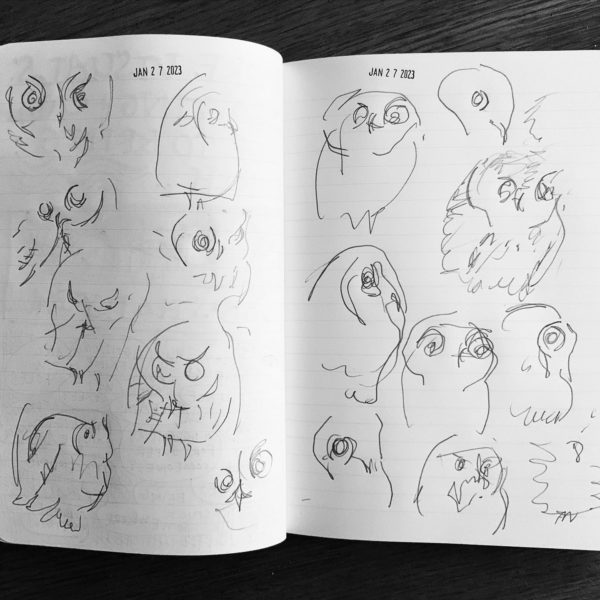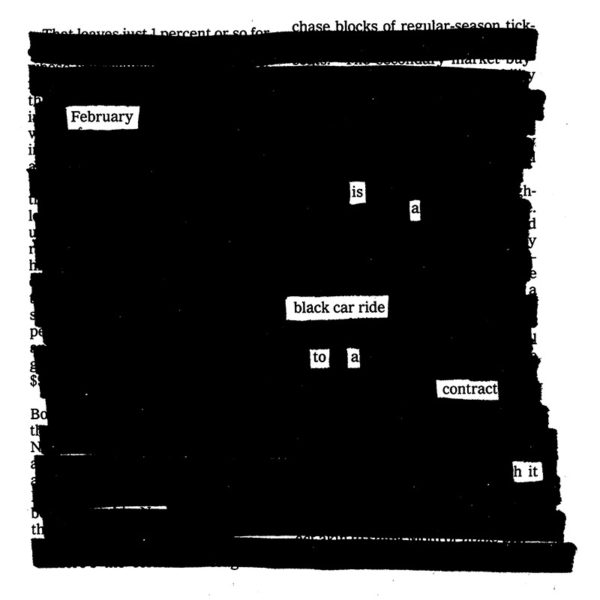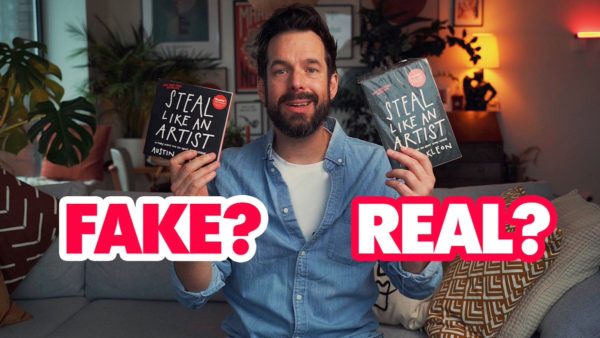
On a recent trip to Mumbai, India, comedian Simon Feilder became fascinated by how many bootleg copies of famous books were for sale in stalls around the city. So he bought a copy of a book he already owned to compare: Steal Like an Artist. He made this video about it:
Feilder asked me to be in the video, but I told him it was better without me! He cleverly found this old tweet and included it:
If you pirated STEAL LIKE AN ARTIST when you were young and broke now’s a great time to pay me back and get a fancy hardcover ?https://t.co/eIyOzSlrS9 pic.twitter.com/tBcwCL6hCE
— Austin Kleon (@austinkleon) March 8, 2022
I laughed, upon re-reading the tweet thread, how many people admitted that they had pirated it and now they were buying a copy. Success!
A batch of quick thoughts:
- Cory Doctorow has always written well on this subject. (He often quotes Tim O’Reilly: “The problem for most artists isn’t piracy, it’s obscurity.”
- As an author, you can think of every pirated copy as losing a sale, or you could think of it as gaining a reader. If you zoom out a bit, over the long run, gaining a reader is much more valuable than selling a book.
- A bit bright-sided, perhaps, but there are some weird examples out there of how piracy actually leads to more sales. There are also historic texts that we wouldn’t have today if it weren’t for illicit copies.
All that said: Book sales keep my kids fed, man! Please buy them or borrow them from the library. (Remember: Libraries buy books! And you can often request that the library order a book you’re interested in.)
